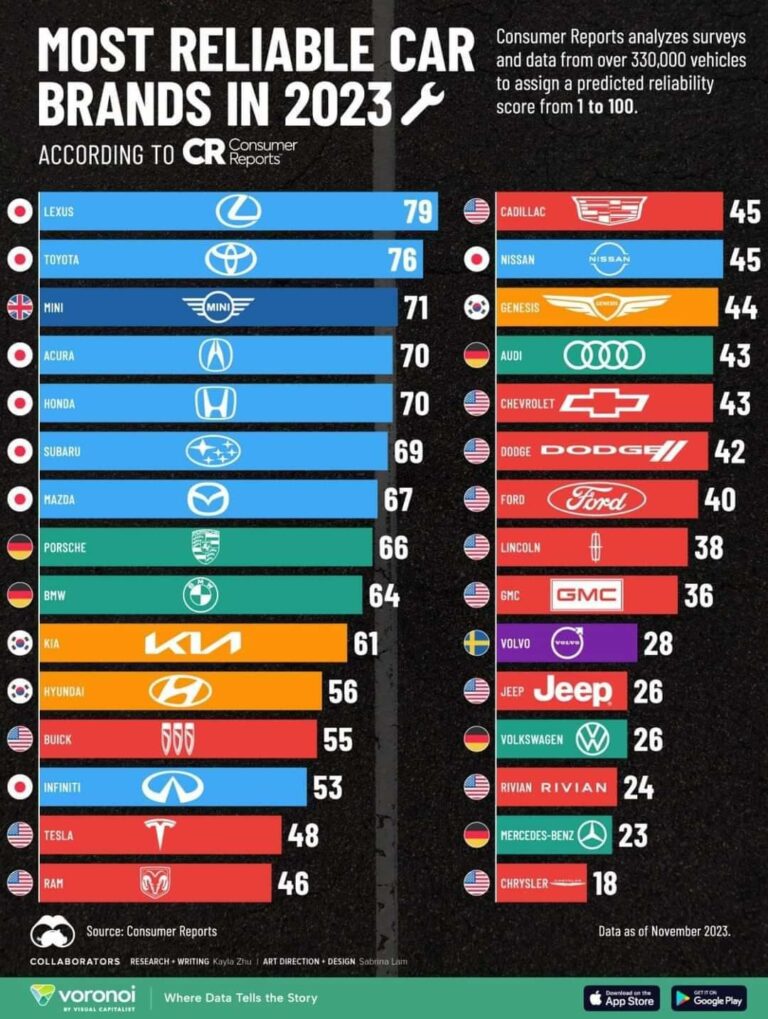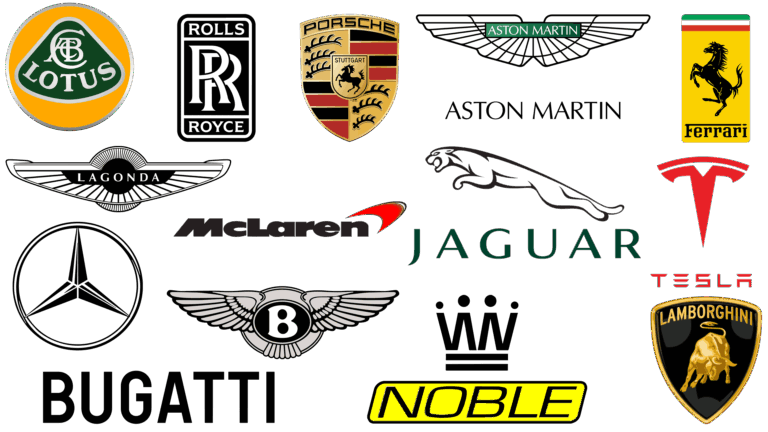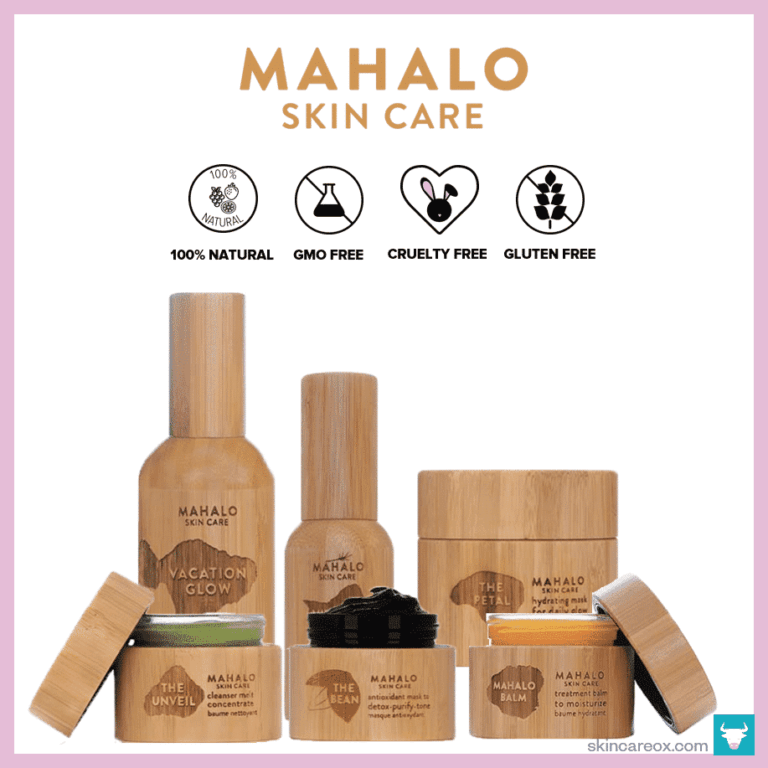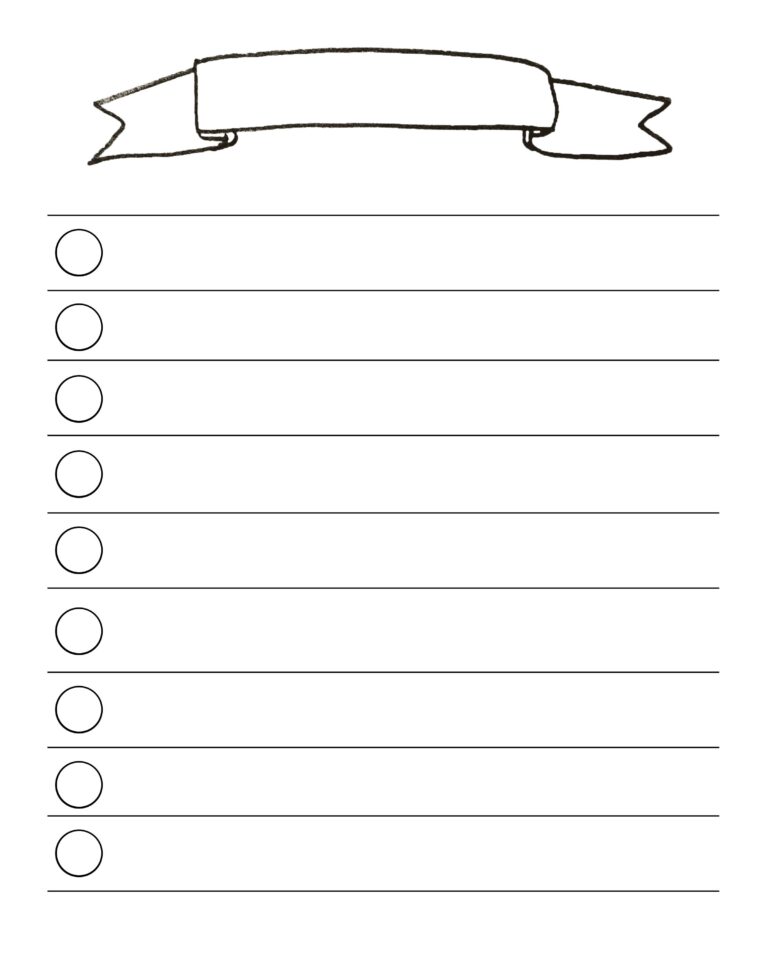Car Insurance Brands: A Comprehensive Guide to Navigating Your Choices
Car Insurance Brands: A Comprehensive Guide to Navigating Your Choices cars.truckstrend.com
Car insurance is a fundamental necessity for vehicle owners, serving as a critical financial safeguard against the unpredictable costs of accidents, theft, and other damages. But beneath the umbrella term "car insurance" lies a vast and competitive landscape populated by numerous brands, each vying for your business with promises of competitive rates, superior service, and comprehensive coverage. Understanding the nuances between these car insurance brands is not merely about finding the cheapest policy; it’s about making an informed decision that aligns with your specific needs, budget, and expectations for service when you need it most.
This comprehensive guide will delve into the world of car insurance brands, dissecting what sets them apart, how to evaluate them, and how to navigate the myriad options to secure the best possible coverage for your peace of mind.
Car Insurance Brands: A Comprehensive Guide to Navigating Your Choices
Understanding the Landscape of Car Insurance Brands
The car insurance market is diverse, comprising a mix of large national carriers, regional specialists, direct-to-consumer online platforms, and even niche providers. Each type of brand operates with a distinct business model, influencing their pricing, customer service approach, and product offerings.
Major National Carriers
These are the household names that dominate the market, such as State Farm, GEICO, Progressive, Allstate, Liberty Mutual, Farmers, USAA (for military families), and Nationwide. They boast extensive resources, wide geographical coverage, and often a broad array of insurance products beyond just auto.
- Strengths: Brand recognition, financial stability, extensive networks of agents/claims adjusters, comprehensive online tools, and a wide range of discounts.
- Considerations: Prices can sometimes be higher due to overhead, and customer service might feel less personalized compared to smaller insurers or local agents.
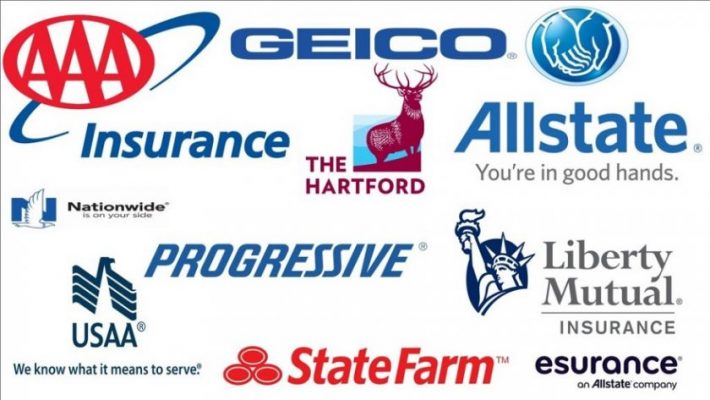
Direct-to-Consumer vs. Agent-Based Insurers
This distinction primarily refers to the sales and service model.
- Direct Insurers: Brands like GEICO, Progressive (though they also use independent agents), Esurance, and Lemonade Car sell policies directly to consumers online or over the phone, bypassing traditional agents.
- Strengths: Often offer competitive pricing due to lower overhead, convenience of online quotes and policy management, and user-friendly apps.
- Considerations: Less personalized service, may require more self-service for policy changes or questions.
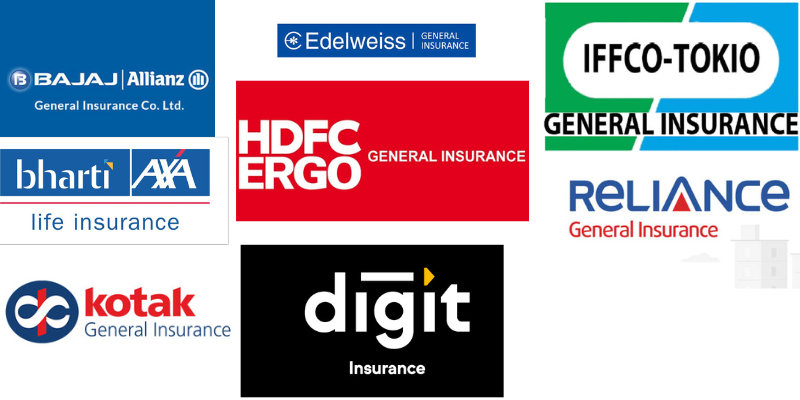
- Agent-Based Insurers: Brands like State Farm, Allstate, Farmers, and many regional carriers primarily operate through a network of captive agents (who work exclusively for one company) or independent agents (who represent multiple companies).
- Strengths: Personalized advice, local support, help with complex claims, and assistance bundling policies.
- Considerations: Prices might be slightly higher to cover agent commissions, and accessibility might be limited to business hours.

Online-Only and Insurtech Brands
Newer players like Root, Lemonade Car, and Metromile leverage technology, telematics (tracking driving habits), and artificial intelligence to offer highly personalized rates and streamlined digital experiences.
- Strengths: Innovative pricing models (often usage-based or behavior-based), seamless app experiences, and potential for significant savings for safe drivers.
- Considerations: Newer to the market, may have less established claims processes, and telematics-based policies might not appeal to all drivers.
Niche and Specialty Insurers
Some brands focus on specific segments, such as Hagerty for classic cars, National General for high-risk drivers, or regional carriers serving specific states or communities.
- Strengths: Deep expertise in their niche, tailored coverage options, and potentially better rates for specific circumstances.
- Considerations: Limited general market appeal, may not offer standard car insurance for all drivers.
Key Factors to Consider When Choosing a Car Insurance Brand
Selecting the right car insurance brand goes beyond just comparing price quotes. A truly informed decision requires evaluating several critical factors that impact your experience and protection.
1. Coverage Options and Flexibility
Different brands offer varying levels of coverage, from basic liability to comprehensive packages with numerous add-ons.
- Standard Coverage: Ensure the brand offers fundamental coverage types like Bodily Injury Liability, Property Damage Liability, Collision, Comprehensive, Uninsured/Underinsured Motorist, and Personal Injury Protection (PIP) or Medical Payments.
- Optional Add-ons: Look for extras like Rental Car Reimbursement, Roadside Assistance, Gap Insurance, New Car Replacement, Accident Forgiveness, and rideshare coverage if you drive for services like Uber or Lyft.
- Customization: Can you easily adjust deductibles, limits, and add/remove coverage types to fit your evolving needs?
2. Pricing and Discounts
While not the sole factor, price is undeniably important.
- Competitive Rates: Some brands are consistently known for lower rates (e.g., GEICO, Progressive), while others might be more competitive for specific demographics or vehicle types.
- Available Discounts: Maximize your savings by inquiring about all possible discounts:
- Multi-policy/Bundling: Combining auto with home, renters, or life insurance.
- Multi-car: Insuring multiple vehicles with the same company.
- Good Driver/Safe Driver: No accidents or violations for a certain period.
- Defensive Driving Course: Completing an approved course.
- Good Student: For young drivers with good academic records.
- Vehicle Safety Features: Anti-lock brakes, airbags, anti-theft devices.
- Telematics/Usage-Based: Discounts based on actual driving habits (e.g., Progressive’s Snapshot, State Farm’s Drive Safe & Save).
- Loyalty: For long-term customers.
3. Customer Service and Claims Experience
This is where a brand truly proves its value – when you need to file a claim.
- Reputation: Research the brand’s reputation for handling claims. Look for customer reviews on independent sites (Trustpilot, Google Reviews) and professional ratings from organizations like J.D. Power, which annually ranks insurers based on customer satisfaction with claims and overall service.
- Accessibility: How easy is it to contact the company? Do they offer 24/7 claims reporting? Are there local agents if you prefer in-person assistance?
- Digital Tools: Does the brand offer a user-friendly mobile app for managing policies, paying bills, and tracking claims?
- Response Time: How quickly do they typically process claims and provide payouts?
4. Financial Stability
You want an insurer that will be there to pay out claims, especially large ones.
- Ratings Agencies: Check ratings from independent financial strength rating agencies like A.M. Best, Standard & Poor’s (S&P), and Moody’s. An "A" rating or higher generally indicates strong financial health.
5. Digital Tools and Technology
In an increasingly digital world, the convenience of online tools can significantly enhance your experience.
- Online Portals: Easy access to policy documents, billing, and coverage details.
- Mobile Apps: For managing policies on the go, reporting claims, requesting roadside assistance, and even using telematics programs.
- AI Chatbots: For quick answers to common questions.
How to Navigate the Brand Selection Process: Practical Advice
Choosing the right car insurance brand doesn’t have to be overwhelming. Follow these steps for a streamlined and effective process:
- Assess Your Needs: Before you start shopping, determine what type of coverage you need, your budget, and any specific preferences (e.g., local agent vs. online management). Consider your driving habits, the value of your vehicle, and your financial situation.
- Gather Multiple Quotes: This is the most crucial step. Do not settle for the first quote you receive. Get quotes from at least 3-5 different brands. Use online comparison tools or contact agents directly. Be sure to compare identical coverage limits and deductibles to ensure an apples-to-apples comparison.
- Read Reviews and Check Ratings: Once you have a shortlist of brands, dive deeper into their reputation.
- Check J.D. Power’s customer satisfaction studies for overall satisfaction, claims satisfaction, and specific regions.
- Look at consumer reviews on sites like Trustpilot, Google Reviews, and the Better Business Bureau (BBB). Pay attention to themes in reviews, especially regarding claims handling.
- Verify their financial strength ratings (A.M. Best, S&P).
- Understand the Policy Details: Don’t just look at the premium. Read through the sample policy documents or ask detailed questions about coverage exclusions, limitations, and how specific scenarios (like hitting an animal or vandalism) are handled.
- Inquire About All Discounts: When getting a quote, proactively ask about every possible discount. You might qualify for more than you think.
- Consider Bundling: If you need other types of insurance (home, renters, life), inquire about multi-policy discounts. Bundling can often lead to significant savings.
- Don’t Overlook Local Agents: While direct online quotes are convenient, a local independent agent can provide personalized advice, shop multiple carriers for you, and offer ongoing support.
- Review Annually: Your insurance needs and the market change over time. Make it a habit to review your policy and compare quotes from other brands at least once a year, especially at renewal time or after a significant life event (new car, new driver, moving).
Challenges and Solutions in Choosing a Brand
- Information Overload: The sheer volume of information can be daunting. Solution: Focus on the key factors outlined above and use online comparison tools to narrow down options quickly.
- Understanding Jargon: Insurance terms can be confusing. Solution: Don’t be afraid to ask questions. Most insurer websites have glossaries, and agents are there to explain.
- Price vs. Value Dilemma: The cheapest option isn’t always the best. Solution: Balance cost with the brand’s reputation for customer service and claims handling. A slightly higher premium might be worth it for peace of mind.
- Claims Process Frustration: Many negative reviews stem from claims issues. Solution: Prioritize brands with strong claims satisfaction ratings, even if it means paying a bit more upfront.
Illustrative Car Insurance Brand Comparison Table
Disclaimer: This table provides illustrative information and estimated annual cost ranges for general comparison purposes only. Actual prices vary significantly based on location, driver profile (age, driving record, credit score), vehicle type, coverage limits, deductibles, and available discounts. Always obtain personalized quotes for accurate pricing.
| Brand Type/Category | Example Brands | Typical Coverage Offered | Estimated Annual Cost Range (Illustrative) | Key Strengths | Considerations |
|---|---|---|---|---|---|
| Major National Carriers | State Farm, Allstate, Nationwide | Comprehensive range: Liability, Collision, Comp, UM/UIM, MedPay, Roadside, Rental, Gap, Accident Forgiveness. | $1,200 – $3,000+ (Highly variable) | Strong financial stability, wide agent network, extensive discounts, diverse product offerings. | Can be higher priced, customer service may vary by agent/region. |
| Direct-to-Consumer (Online-Focused) | GEICO, Progressive, Esurance | Full range of standard and optional coverages, often with robust online tools. | $1,000 – $2,500+ (Often competitive) | Very competitive pricing, convenient online/app experience, quick quotes, good for self-service. | Less personalized service, may prefer digital communication over human interaction. |
| Member-Exclusive | USAA (Military & Families) | Excellent comprehensive coverage, often with unique benefits for military. | $800 – $2,000+ (Often among the lowest) | Outstanding customer service, highly competitive rates, strong financial stability, tailored benefits. | Eligibility is restricted to military members, veterans, and their families. |
| Insurtech/Telematics-Focused | Root, Metromile, Lemonade Car | Standard coverage, but pricing heavily influenced by driving behavior/mileage. | $700 – $2,000+ (Potentially lower for safe/low-mileage drivers) | Innovative pricing models, potential for significant savings, modern app-based experience. | Newer companies, less established claims history, privacy concerns with data tracking, not for all driving styles. |
| Niche/Specialty | Hagerty (Classic), National General (High-Risk) | Highly specialized coverage for unique vehicles or driver profiles. | Varies widely (Often higher for high-risk, tailored for classic) | Expert knowledge, customized policies for specific needs. | Limited in scope, may not offer standard insurance for all drivers. |
Frequently Asked Questions (FAQ) About Car Insurance Brands
Q1: What is the "best" car insurance brand?
A1: There’s no single "best" brand for everyone. The best brand for you depends on your individual needs, budget, driving record, vehicle, and location. It’s about finding the brand that offers the right balance of coverage, price, customer service, and claims satisfaction for your specific situation.
Q2: Are bigger car insurance brands always better?
A2: Not necessarily. While larger brands often offer more resources, wider coverage, and extensive discount options, smaller or regional brands might provide more personalized service or highly competitive rates for specific niches. It’s important to compare and not assume size equals superiority.
Q3: How often should I shop for new car insurance?
A3: It’s highly recommended to shop for new car insurance at least once a year, typically at your policy renewal time. Also, consider shopping after significant life events like buying a new car, adding a new driver, moving, or if your driving record changes (e.g., getting a ticket or having an accident).
Q4: Can I trust online-only car insurance brands?
A4: Yes, generally. Online-only brands are legitimate and regulated just like traditional insurers. They often leverage technology to offer competitive rates and convenient digital experiences. However, always verify their financial strength ratings (e.g., A.M. Best) and customer reviews, especially regarding their claims process.
Q5: What’s the most important factor when choosing a car insurance brand?
A5: While price is a major consideration, the most important factor should be the brand’s reputation for customer service and claims handling. A low premium is worthless if the company is difficult to deal with or slow to pay out when you need them most. Look at J.D. Power ratings and independent customer reviews.
Q6: How do I know if a car insurance brand is financially stable?
A6: You can check their financial strength ratings from independent agencies like A.M. Best, Standard & Poor’s (S&P), and Moody’s. These ratings indicate an insurer’s ability to meet its financial obligations, including paying claims. Aim for brands with an "A" rating or higher.
Q7: Can bundling my car insurance with other policies save me money?
A7: Yes, absolutely. Most insurance brands offer multi-policy discounts when you combine your auto insurance with other policies like home, renters, or life insurance. This is often one of the easiest ways to secure a significant discount.
Conclusion
Navigating the landscape of car insurance brands can seem daunting, but with a structured approach and an understanding of the key factors involved, you can make an informed decision that truly benefits you. Remember, car insurance is more than just a legal requirement; it’s a vital financial safety net. By carefully evaluating coverage options, pricing, customer service reputation, and financial stability, you can select a brand that offers not only competitive rates but also the peace of mind and reliable support you deserve when unexpected events occur on the road. Take the time to compare, ask questions, and choose wisely – your financial security depends on it.
